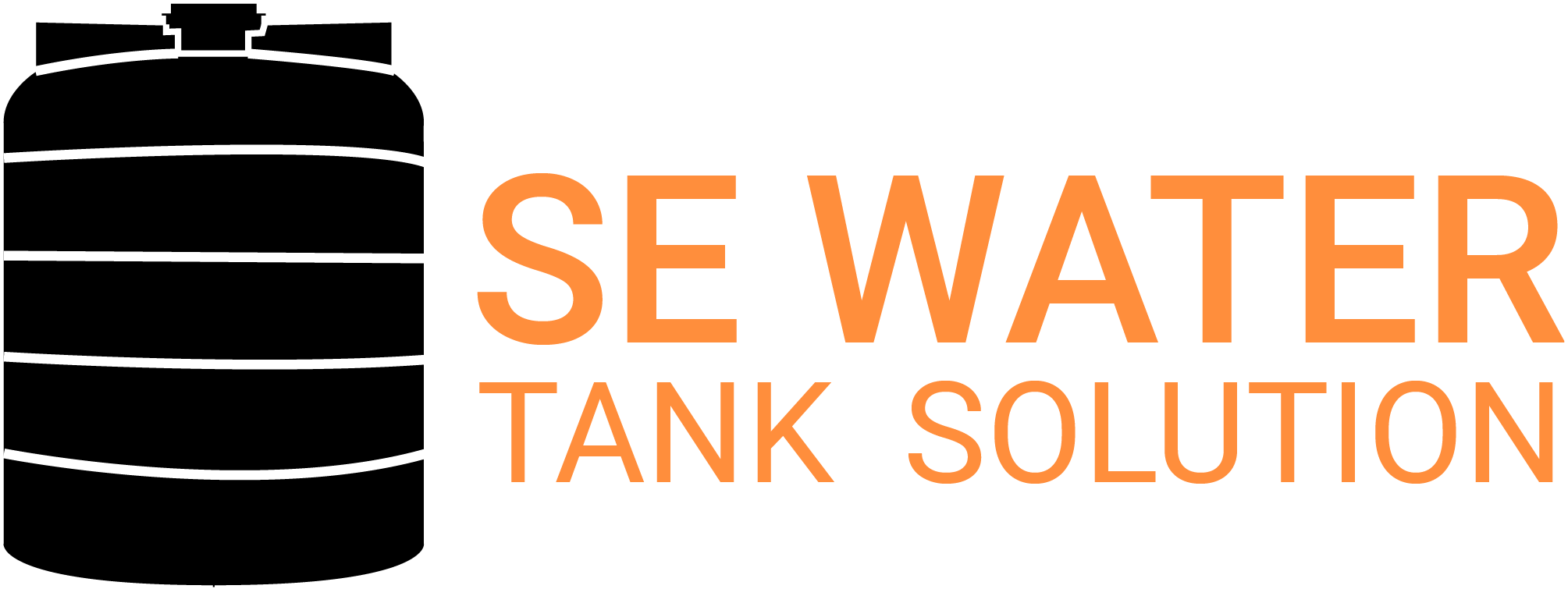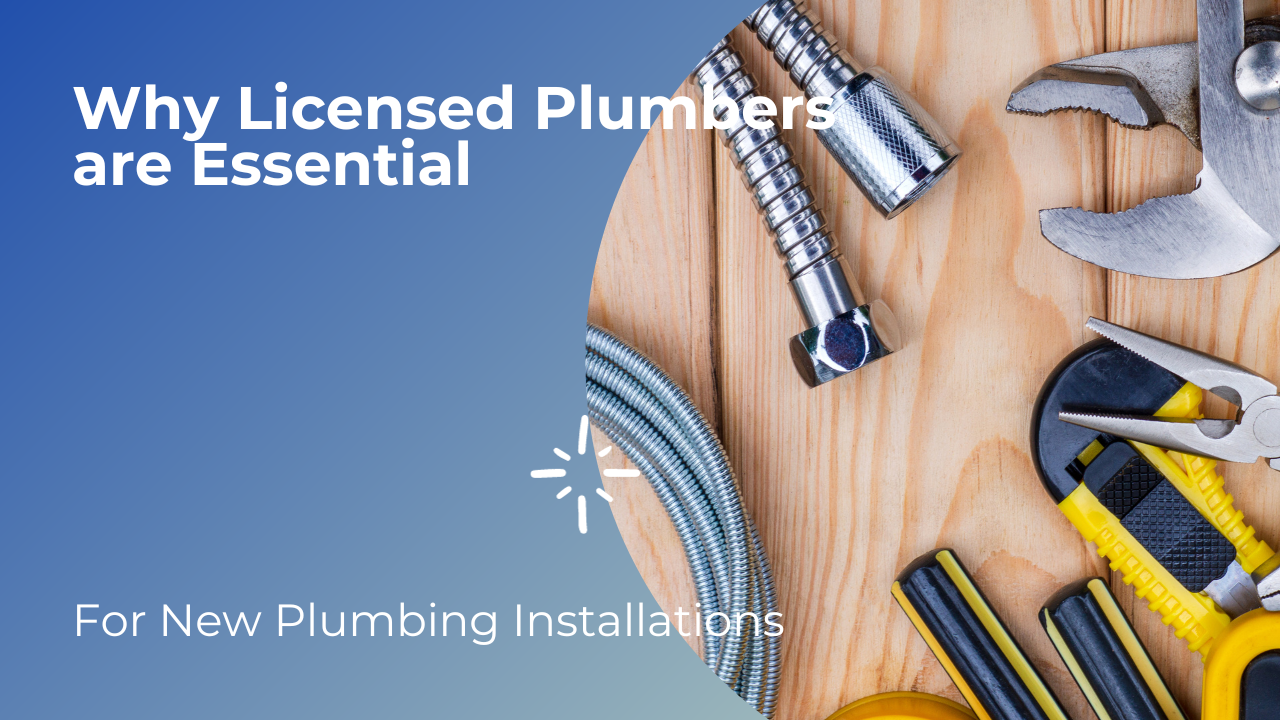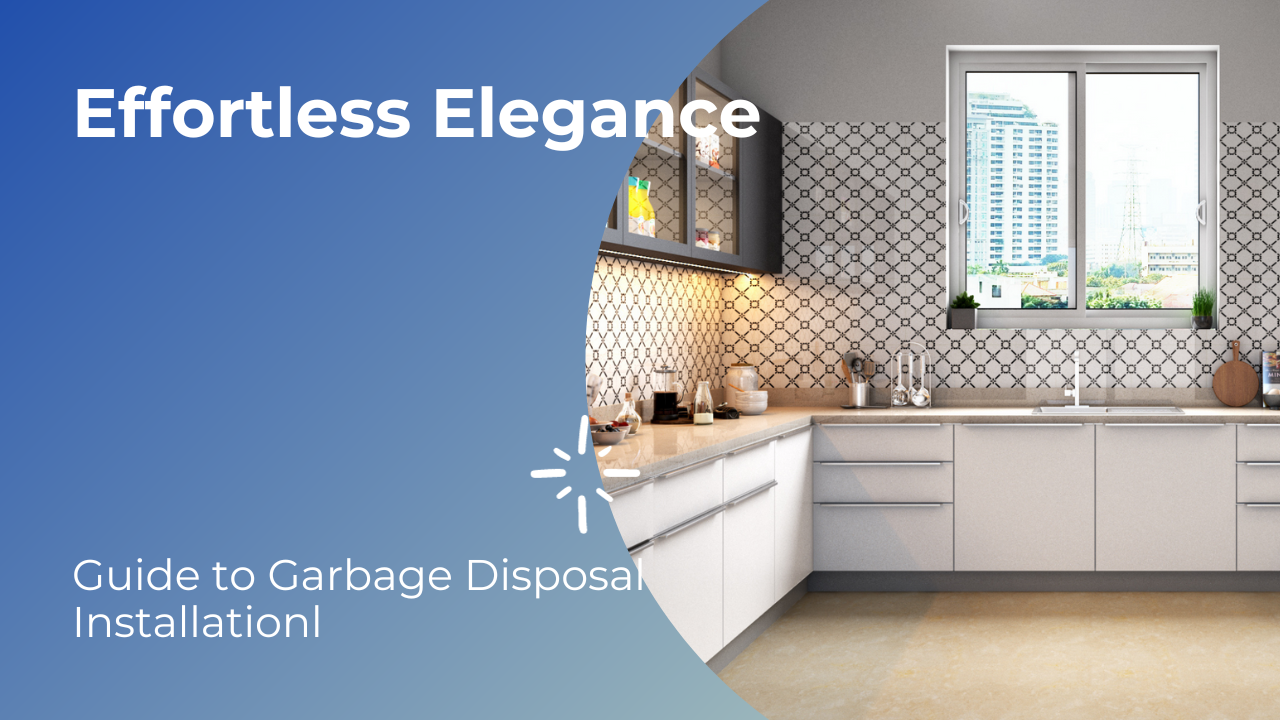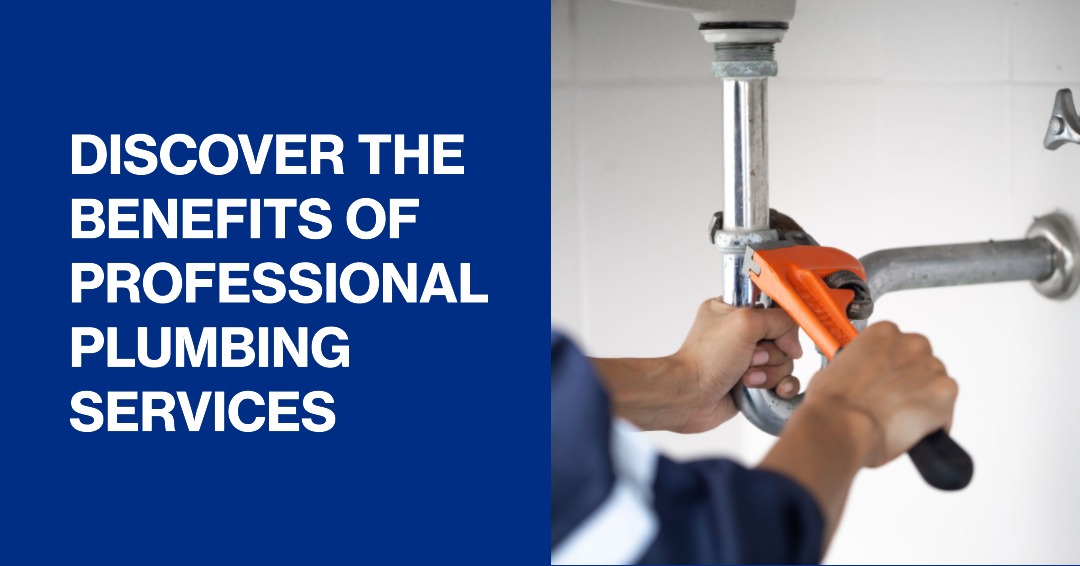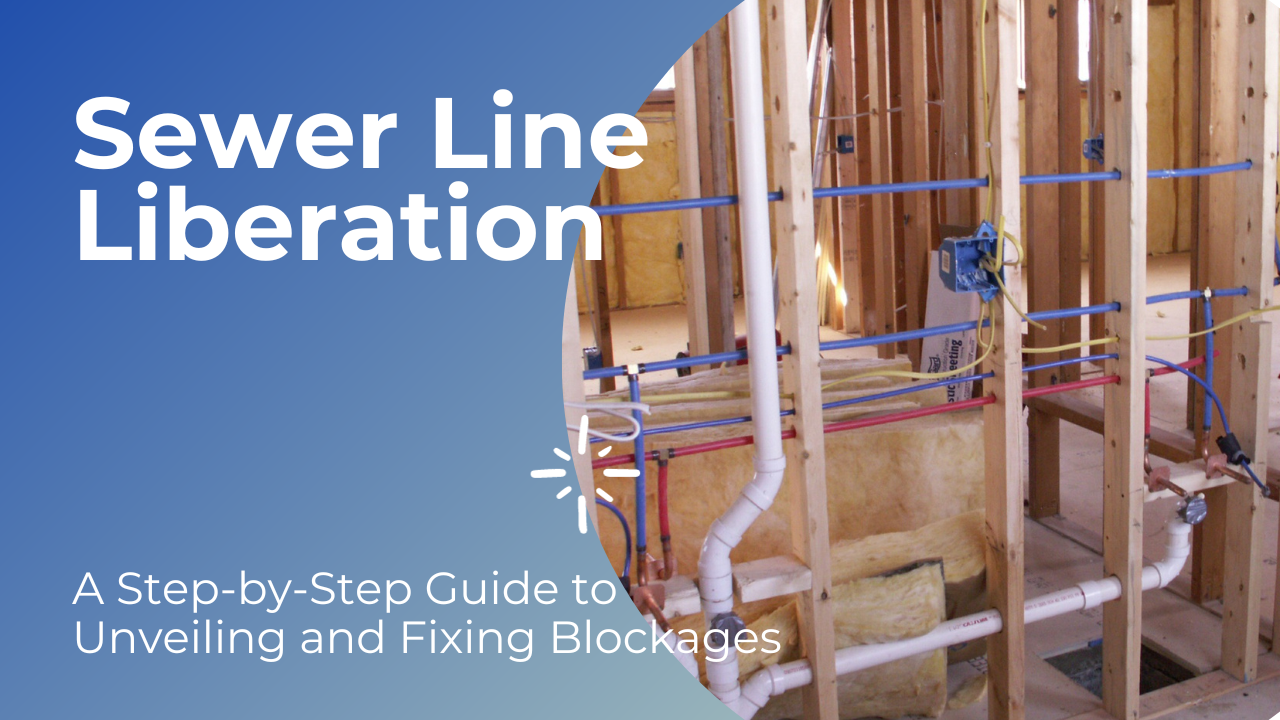Dealing with a blocked drain can be a real headache, but fear not – many blockages can be cleared with simple tools and methods. In this step-by-step guide, we’ll walk you through effective ways to clear a blocked drain using natural remedies and common household tools. Remember, if the blockage persists or you’re unsure, seeking professional help is always smart.

1. Boiling Water:
Pouring boiling water down the blocked drain is a common and effective method to clear blockages caused by grease or soap scum. However, exercise caution with PVC pipes, as boiling water may cause damage. If the issue persists, consider using alternative methods or seeking professional assistance.
2. Plunger:
Grab a plunger and create suction to dislodge the blockage. Ensure there’s enough water in the sink or tub to cover the plunger. Position it over the blocked drain and perform vigorous plunging to create suction and dislodge the obstruction.
3. Baking Soda and Vinegar:
Introduce a solution of half a cup of baking soda and half a cup of vinegar into the blocked drain. Cover the drain and allow the mixture to fizz for approximately 15 minutes. Follow up by flushing the blocked drain with hot water to effectively break down the blockage. This chemical reaction helps to loosen and dissolve debris, facilitating a smoother flow through the pipes.
4. Baking Soda and Salt:
The mixture of half a cup of baking soda and half a cup of salt is a simple and effective remedy for tackling greasy blocked drains. Pour the mixture down the drain, allow it to sit for 20 minutes, and then flush it with hot water. This combination helps break down and dissolve grease, promoting better drainage.
5. Chemical Drain Cleaners (Caution):
When faced with stubborn clogs that natural methods fail to address, cautiously consider employing a chemical drain cleaner. It is imperative to follow the manufacturer’s instructions meticulously, as these products can be potent and may pose a risk of damaging pipes. Additionally, ensure usage in well-ventilated areas to mitigate exposure to potentially harmful fumes. Exercise caution and prioritize safety throughout the process.
6. Plumbing Snake (Auger):
If the blockage persists, bring in a plumbing snake or auger. Please insert it into the drain and rotate the handle to break up or retrieve the blockage. Always adhere to the manufacturer’s instructions for proper usage.
7. Remove and Clean the Trap:
To locate the trap under the sink, follow the pipe from the drain to the U-shaped section. Place a bucket beneath it to catch any water or debris. Loosen the slip nuts on both ends of the trap using a wrench or pliers. Carefully remove the trap, ensuring the bucket is positioned to catch any residual water. Clean out any debris or clogs from the trap. Reattach the trap by tightening the slip nuts securely. Dispose of any collected debris properly, and run water to check for proper drainage.
8. Enzyme-based Drain Cleaner:
Enzyme-based drain cleaners offer a safe and effective solution for addressing blockages caused by organic matter in plumbing systems. These products utilize natural enzymes to break down and digest organic materials such as hair, grease, and soap scum. To achieve optimal results, it is crucial to follow the product instructions provided by the manufacturer.
Begin by carefully reading and understanding the usage guidelines on the product packaging. Typically, you’ll pour the recommended amount of the enzyme-based cleaner directly into the affected drain. Allow the solution to sit for the specified duration to allow the enzymes to work on breaking down the organic debris.
Follow any additional instructions, such as flushing the drain with water after the designated waiting period. This helps to ensure that the loosened particles are fully washed away, restoring proper drainage.
Enzyme-based drain cleaners are known for being environmentally friendly and safe for pipes when used as directed. Always exercise caution, adhere to the product instructions, and take appropriate safety measures as specified by the manufacturer to enhance the effectiveness of the cleaner and maintain the integrity of your plumbing system.
9. Call a Professional:
If DIY methods prove ineffective or you’re uncomfortable with the process, enlist the services of a professional plumber. we will possess the expertise and tools to handle stubborn or complex blockages.
Preventive Tips:
maintaining a healthy drainage system is crucial for the smooth functioning of your household. By adopting simple preventive measures such as avoiding the disposal of grease, preventing large food particles from entering drains, and using screens or filters, you can significantly reduce the risk of blockages. Regularly flushing drains with hot water and prioritizing safety when handling chemicals or tools further contribute to a well-maintained plumbing system.
Remember, if uncertainty lingers or a stubborn blockage persists, seeking professional assistance is always a wise decision. Taking proactive steps to care for your drains not only ensures a hassle-free daily routine but also extends the life of your plumbing infrastructure. Happy draining and may your pipes stay clear and trouble-free!
Decoding Drain Dilemmas: Choosing Between Chemicals and Safer Alternatives
A clogged drain is an unwelcome nuisance that many households encounter. When faced with this plumbing challenge, how to tackle it becomes crucial. In this comprehensive exploration of drain cleaning options, we’ll delve into the advantages and disadvantages of chemical drain cleaners and consider safer alternatives. By the end, you’ll be equipped with the knowledge to make an informed choice for your plumbing needs.
Advantages:
- Ease of Use:
- Chemical drain cleaners are celebrated for their accessibility and user-friendly application, making them a go-to option for quick fixes.
- Effectiveness:
- Chemical drain cleaners excel when breaking down specific organic clogs, providing swift and targeted results.
Disadvantages:
- Toxicity:
- The presence of harsh substances in chemical drain cleaners raises concerns about their toxicity, posing risks to humans, pets, and the environment.
- Potential Pipe Damage:
- When used frequently or excessively, certain chemicals can harm pipes, adding another layer of consideration for users.
- Limited Efficacy:
- It’s essential to note that chemical cleaners may not be a one-size-fits-all solution, especially for clogs caused by non-organic materials.
Safer Alternatives:
Plunging is a classic and effective method for clearing minor clogs in drains. It works by creating a vacuum and pressure to dislodge the blockage. Here’s a brief guide on choosing the right plunger for the job:
- Cup Plunger:
- Design: This is the most common plunger with a rubber cup attached to a wooden or plastic handle.
- Use: Ideal for sinks, tubs, and showers.
- Technique: Ensure a tight seal around the drain opening, then push and pull with quick, forceful strokes to create suction.
- Flange Plunger (Toilet Plunger):
- Design: It has an additional flange or collar extending from the rubber cup, designed to fit into the toilet drain.
- Use: Specifically designed for toilets.
- Technique: Place the flange into the toilet drain opening, ensuring a good seal, and push down and pull up with firm pressure.
- Accordion Plunger:
- Design: This plunger has a accordion-style bellows, providing additional force.
- Use: Effective for both sinks and toilets.
- Technique: Similar to the cup plunger, create a tight seal and use quick, vigorous movements.
When using a plunger, remember to:
- Ensure a tight seal to maximize suction.
- Cover overflow openings in sinks and tubs to focus pressure on the clog.
- Keep a consistent, rhythmic plunging motion for better results.
For stubborn clogs or if plunging doesn’t work, consider using alternative methods such as a plumbing snake or natural solutions like baking soda and vinegar. If the issue persists, it may be necessary to consult a professional plumber.
Conclusion
When dealing with clogged drains, the choice between chemical drain cleaners and safer alternatives is critical. Chemical cleaners offer ease of use and effectiveness against organic clogs but come with notable drawbacks, including toxicity and potential pipe damage with frequent use. Safer alternatives, such as plunging and natural solutions, provide effective options without the risks associated with harsh chemicals. In conclusion, prioritizing safer alternatives for routine maintenance and minor clogs can contribute to a healthier plumbing system and a safer environment for your household.
